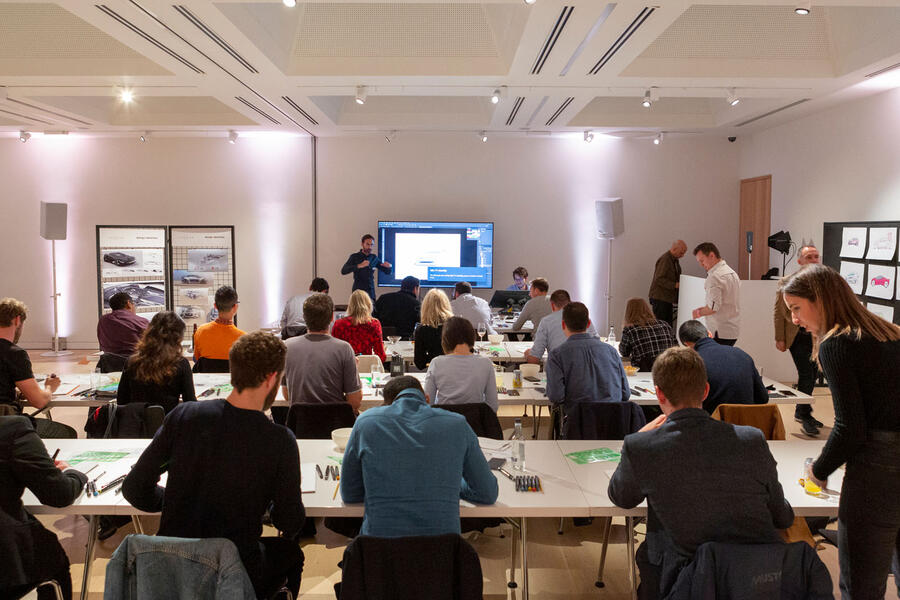The Jaguar I-Pace hardly looks out of place sitting centre-stage at London’s high-ceilinged, sparsely furnished Design Museum, which seems a strange thing to say about a five-seat SUV in the wake of an acclaimed temporary exhibition that saw the most spectacular Ferrari cars of all time gathered at the Kensington venue.
But it’s not just any premium SUV, as its designers are all too keen to point out.
Although it’s well over a year and a half since Coventry’s electric pioneer first broke cover, it’s still being touted as the beginning of a design revolution that will soon bring us a Porsche Taycan-rivalling XJ, before being extended to a line of radical saloon, performance and high-riding models. We’ve seen glimpses of what’s to come in the form of the aborted C-X75 sports car and the recently revealed Gran Turismo virtual concept, but, following the departure of legendary designer Ian Callum and the opening of JLR’s £600m technology centre, talk is turning to where the company will find inspiration for its upcoming production EVs.
Happily, Jaguar’s top sketchers believe electric vehicles could give automotive designers more freedom than ever before. Although the Jaguar Jaguar F-Type and C-X75 won critical acclaim for their subtly striking lines and purposeful stances, they were still sketched according to the fundamental principles of sports car design. As their side profiles clearly show, the ‘horse and cart’, and ‘horse in cart’ shapes lie at their foundation, and Callum’s team of stylists were constrained by the aerodynamic, ergonomic and legislative principles that come with that.

The I-Pace, however, was “a chance to start afresh',' according to chief creative exterior designer Dominic Najafi, who adds that its conception was about “being open-minded and saying: ‘what does electrification give us?’”








































Join the debate
Add your comment
From ink to I-pace?????????
Thought were now living in a digital world? Designers don't use ink anymore, they start sketching on their monitors using photo-shop & 3D modelling using Alias Autostudio instead of clay. The only people that still use ink are probably the older designers like Ian Callum & Gerry McGovern.